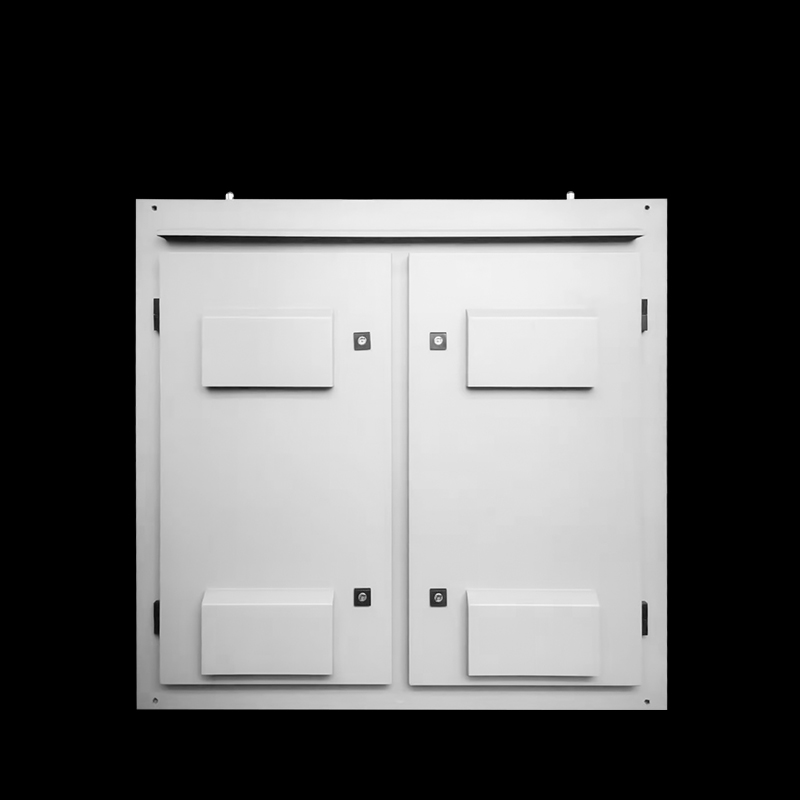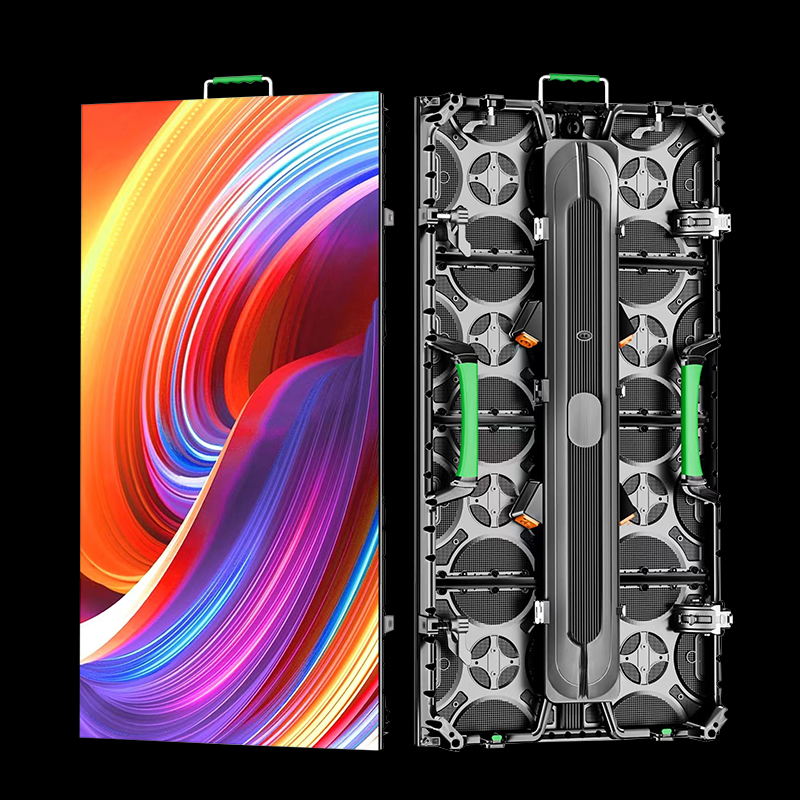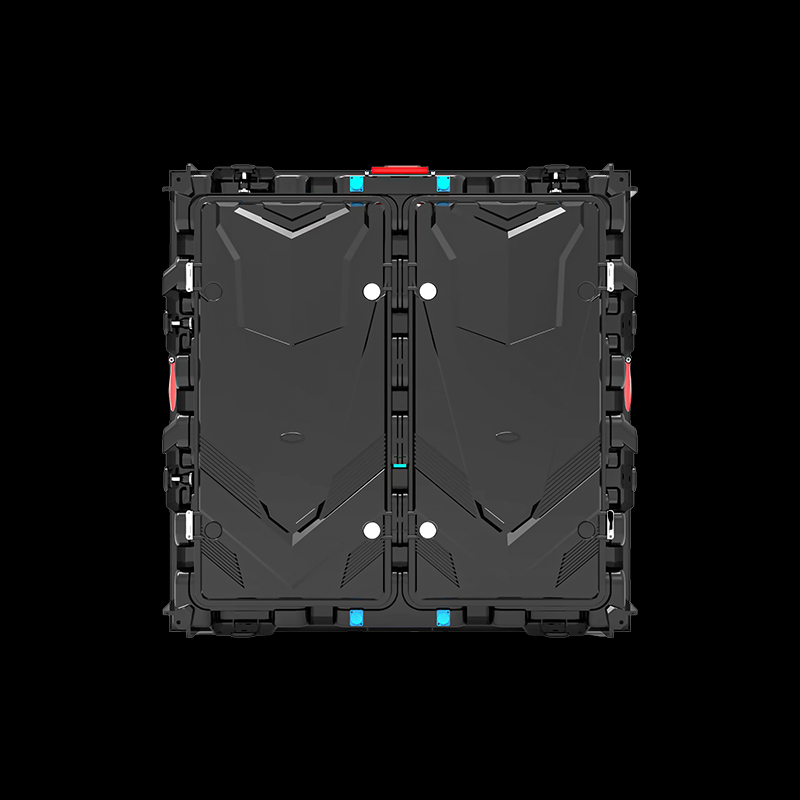The LED screen with a large area is not a single structure. It is made up of N cabines spliced together. The cabinet plays an important role in the LED screen. It can not only protect the internal components, but also disassemble the LED screen for transportation, maintenance, etc. Learn about the common LED screen cabinets on the market.
1. Iron cabinet

The iron cabinet is a common cabinet on the market. Its advantages are cheap price, good sealing, and easy to change the shape and structure. The disadvantages are also obvious. The weight of the iron cabinet is too high and it is not easy to install and transport. In addition, its strength and accuracy are not enough, and it is easy to rust over time.
2. Die-cast aluminum cabinet

Die-cast aluminum cabinets are often used in rental LED screen. They are characterized by high strength, precision, and light weight. More importantly, they can achieve seamless splicing, which can produce better effects on screen display. The die-cast aluminum LED screen is molded in one go. The flatness of the cabinet is more guaranteed, and the tolerance range is effectively controlled, which basically solves the problem of cabinet seams. The humanized design is more convenient and lighter to install, and the box seams and connecting wires are more secure. Reliable; light in weight, using a hoisting structure, the installation is more convenient and stronger; using imported power connectors, the connection is safer and more reliable. The signal and power connections between the cabinets are concealed, and no trace of the connection cables can be seen after installation.
3. Carbon fiber cabinet
The carbon fiber cabinet is designed to be ultra-thin, light in weight, high in strength, with a tensile strength of 1500kg, and a weight of only 9.4kg per square meter. Adopting a fully modular design, maintenance is more convenient, and the 45-degree right-angled edge can realize 90-degree splicing and installation of the screen body. At the same time, a non-transparent back panel is provided, which is suitable for large-area installation in sports venues and outdoor advertising lights.
4. Aluminum alloy cabinet
The characteristics of this kind of LED screen cabinets are that it has a relatively small density, very high strength, good heat dissipation, good shock absorption, and can withstand a certain load capacity.
5. Magnesium alloy cabinet

Magnesium alloy is an alloy based on magnesium and added with other elements. Its characteristics are: low density, high strength, good heat dissipation, good shock absorption, greater ability to withstand impact loads than aluminum alloys, and good resistance to corrosion by organic matter and alkali. Magnesium alloy used as LED screen cabinet is cost-effective, easy to install, and its excellent heat dissipation gives the product more market advantages. But at the same time, the price of magnesium alloy cabinets is also higher than other cabinets.
